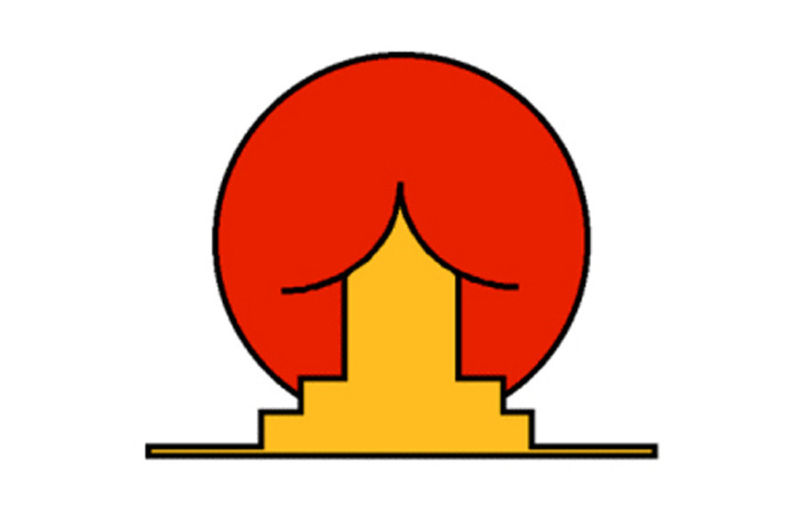

January 16, 2015
•Last updated November 5, 2023
Common Branding Mistakes and Myths You Should Avoid
Most people misinterpret what branding truly is. Whether in their brand other their employer’s brand, people assume a brand is only the logo. Another assumption is that a brand is the least important part of a business or service, which is bogus! This article will cover common branding mistakes and myths you should avoid and how to regain control of your brand for years to come.

Mistakes
As a company grows it needs to make mistakes to do so. This is how we learn with any mistake we make. Below are several branding mistakes to avoid. Some may seem like common sense while others continue to get the best of us all.
Your Products Are Great But Your Name Sucks
Pick a good name for your brand. If you have the luxury to choose a name from the start then really give it some thought. Avoid using the most awful names like “ABC...” or “A1...” to be listed higher on phone directories or something equivalent.
This phase can sometimes be the hardest decision you could make as a business owner. Make sure the name of your brand speaks to what it is you do. Having something clever, or just plain identifiable makes the biggest difference to your consumers. People want quality for less so try to think in that sense.
"Less is More" is a great expression to live by when developing a brand name.
Being Offensive
Don’t be offended by developing your brand to solely bash another brand’s product, service, or purpose. Doing so severely effects the public’s opinion of your brand directly. This mistake is probably more along the lines of common sense but some new business owners are too competitive which leads to shortcomings down the line. Businesses who are offensive with their branding just don’t last as long.
Where’s The Connection?
Your brand should describe what it is your company does. Do you provide a service or a product? Is your branding timeless like Coca-Cola for instance? When do people see your brand do they get the connection between what it is you do and your branding? (e.g. UPS or Kellogs)
Taking the necessary steps to have branding that’s identifiable and relatable to what it is you do or provide will guarantee marketing success long term with any company.
Not Being Consistent
With branding in place, you need to make sure it stays “in place”. By this I mean to keep your brand consistent across all channels or mediums. Whether it is for print or web or something more you will need to keep things easily identifiable. A color palette, your logo, or your messaging all need to have a consistent flow from each application to the next.
Developing branding guidelines usually keeps this task from being a pain to deal with. If you define criteria from the start your brand will remain much more consistent.
Forgetting To Evaluate Brand Performance
With a brand in place, it makes sense to give it a performance check-up every so often. There are tools available to assist with this but the best and most successful way to evaluate performance is to get in touch with consumers directly. Here you need to ask questions regarding your brand and if the customer approves or disapproves or has no opinion. After doing enough studies through outside participates you can gather data to evaluate your performance better.
If performance is suffering the brand may need some tweaking. If performance is doing well then the branding could be pushed forward into more markets or outlets to gain more and more attention.

Myths
There are countless myths to speak of when it comes to branding. Below I have outlined some I have experienced myself or have heard the most about. Do yourself and your consumers favor and not fall for these!
A Brand Is A Company’s Name And Logo
A logo and name are only a small piece of the branding puzzle. Plenty of companies don’t even have a “logo” and are still successful. Their logo usually is a wordmark as opposed to a traditional mark or symbol.
A brand is a feeling or image of a company as a whole. This means there are other pieces to the puzzle mentioned before that make up a successful brand. Those pieces include things like color, typography, logo, spacing requirements, and more. You can find examples of this by searching Google for branding requirements or guidelines. Some companies publish their entire branding guidelines online for the sake of consistency to all that care to know about it.
Examples:
Branding Is Only For The Big Guys
While you do see more branding with larger companies, it doesn’t mean that it’s only for them. Everyone's business started somewhere and overtime they (or their team) developed their brand into what it is today. This usually takes a lot of trial and error and of course time. A new business can have great branding and thrive just like the bigger companies. Don’t sell yourself short on this myth.
Branding is Too Expensive
While branding can cost some serious dough, it is essential to getting more business and giving your company a professional edge. If consumers can identify with you and what you stand for, then contributing a budget towards your branding is a great investment. Don’t skimp on a budget just to save a penny in this stage because even if you do you will more than likely re-brand down the road due to the lack of quality branding now.
I started as a graphic designer myself and got a few freelance inquires for logo designs. Most business owners assume a logo will only take an hour or two to complete and is worth barely $50. If you need a logo Don’t be this client. If you value your designer at all be sure to pay for quality and not quantity. You get what you pay for. If you want a logo done in two hours for $50 then you obviously don’t value your designer or your brand. How would you like it if a customer of your own shot you a low-ball figure for a product or service you offer in exchange for very little? Make sense now?
You Must Have A Logo or Mark
Many popular brands we all know and love don’t have a “logo” to speak of. Their “logo” is more of a wordmark, which is just a logo in the form of text. Brands like Visa, Craftsman, Disney, or Xerox are prime examples of this technique.

A word mark can be tweaked to incorporate custom lettering or just be plain and simple. All that matters is that it is recognizable and apart of the company’s overall brand. If you can’t think of a good logo or are having trouble you should definitely consider trying the word mark route.
Once We Have A Branding Strategy In Place, All Our Work Is Done
Branding is always evolving. You should never call your branding project complete. As a company grows or changes the branding will typically follow. Based on the “times”, branding morphs into what is “in”. Today, modern but simple logos are abundant. You can see this trend through updated brands from companies across the world. The question rises on if your brand needs to follow or remain the same. If you choose to follow be careful to keep what it is your brand stands for intact.
Final Thoughts
Your brand should always be unique to you or your company. Many companies try to be clever or cheap and end up ruining their company’s image as a result. If you avoid making these costly mistakes and falling for these unruly myths, you can rest assured knowing your company will excel to new heights.
Do you know of any other branding mistakes or myths? Share them in the comments
Categories
Products and courses
-
Hello Hotwire
A course on Hotwire + Ruby on Rails.
-
Hello Rails
A course for newcomers to Ruby on Rails.
-
Rails UI
UI templates and components for Rails.
